10 amazing attractions in China besides the great wall and Terracotta army
Categories: Asia
By Pictolic https://pictolic.com/article/10-amazing-attractions-in-china-besides-the-great-wall-and-terracotta-army.htmlIf you are a tourist and came to China, it is likely that at some point in his travels in this country you certainly will be at the great wall. It remains one of the main attractions of China are not to be missed, especially if the path to look in places not less interesting, but less popular among tourists. In this country there are hundreds of other attractions that are worth to see, to love and remember. Here are just ten of them.
(26 photos)
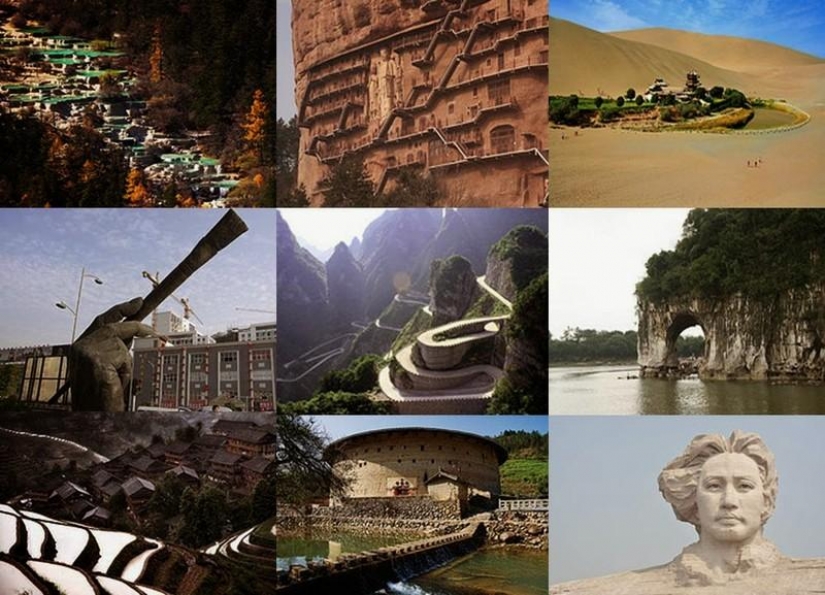 Source: kuriositas.com
Source: kuriositas.com

1. Huanglong, the Yellow dragon.
The mountain range Minshan is situated in the North Chinese province of Sichuan. This area of exquisite natural beauty. Here is a 4-kilometer segment of travertine formations and ponds.
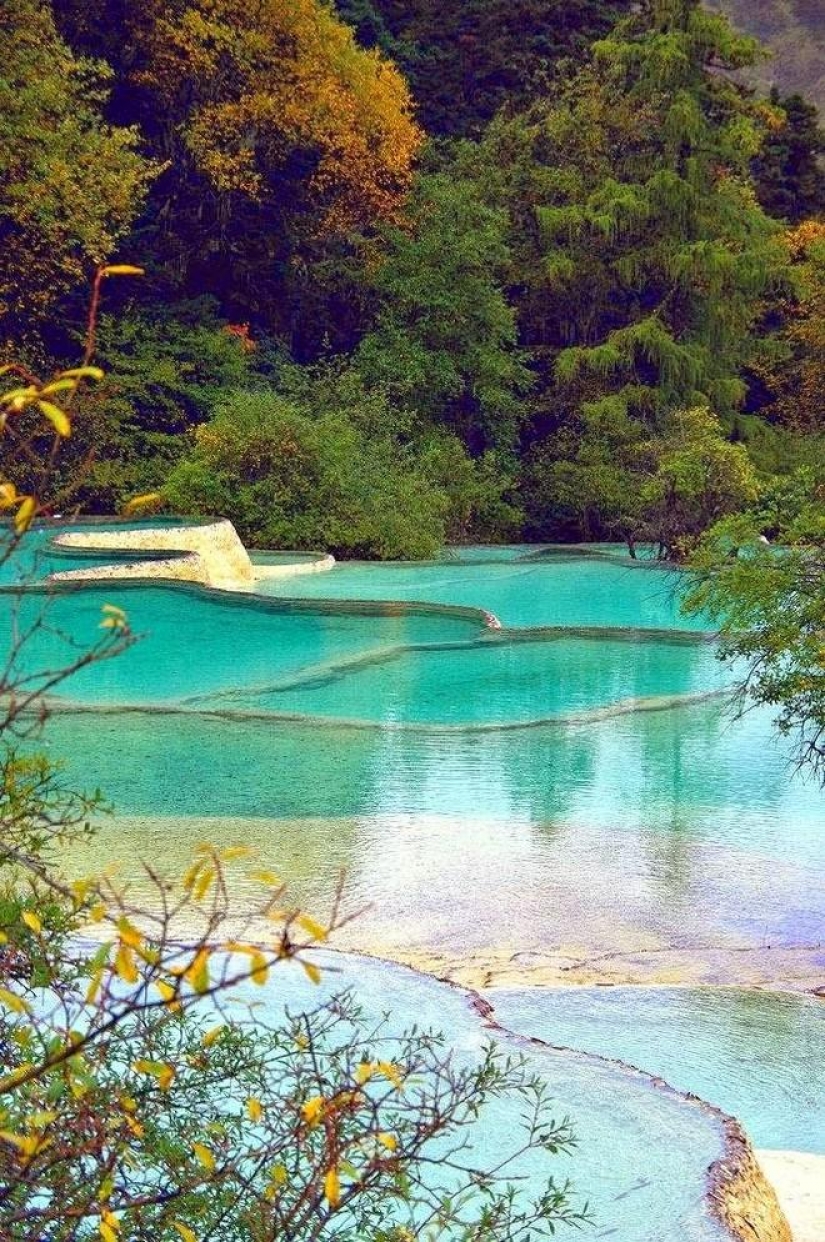
2. But even residents of China, this place is not so widely known. All the same, this Yellow dragon is a real miracle of nature.
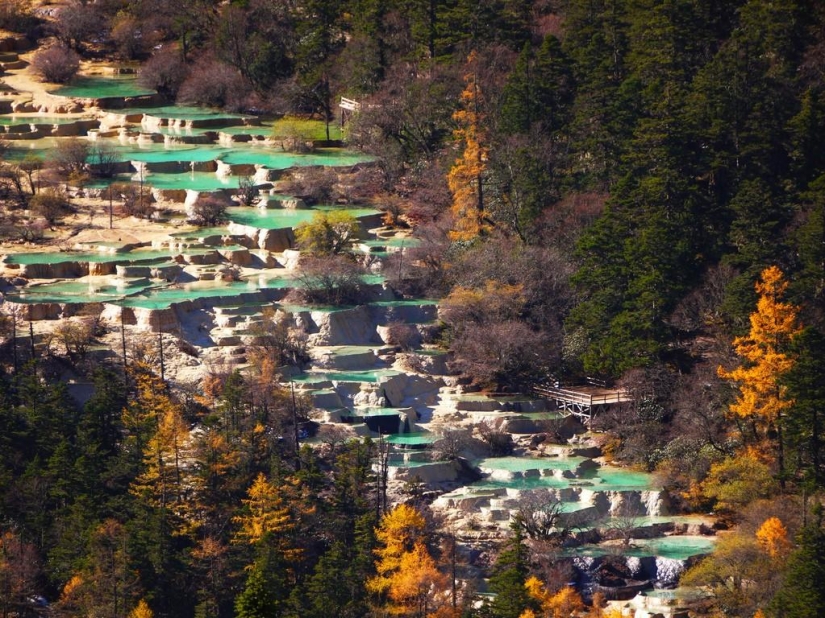
3. Over the millennia the springs around this fold in the mountains helped to postpone the limestone, which gradually accumulated and created a series of pools — over 3,000 — the length of which is nearly 4 km. the Chain of ponds, like a huge Golden dragon, hence the name of the place.

4. Dafen.
You may have noticed that in every room there is a similar oil paintings. Or that you can buy a copy of the "Mona Lisa" at the price of a mini-tablet.
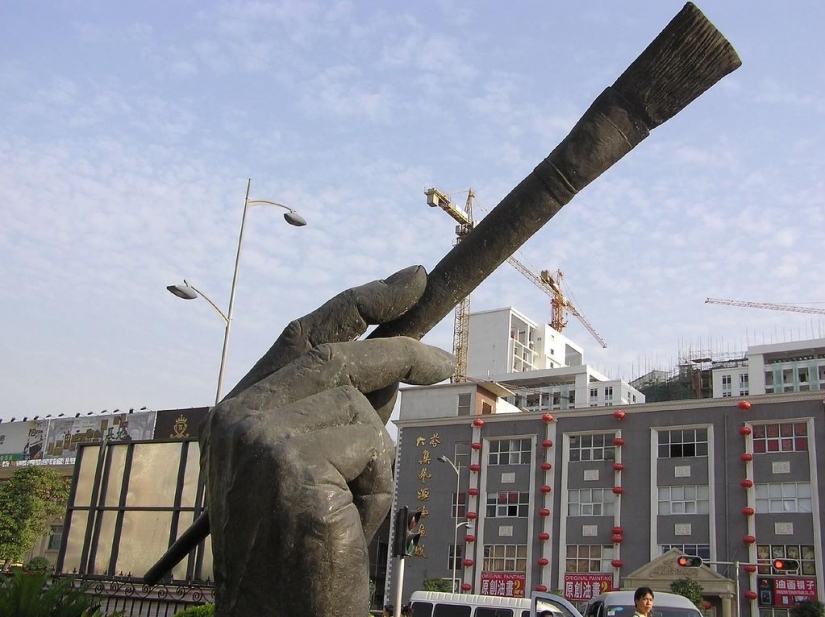
5. If you think that reproduction of oil paintings is a family business, you are quite right — it's a business the whole village.
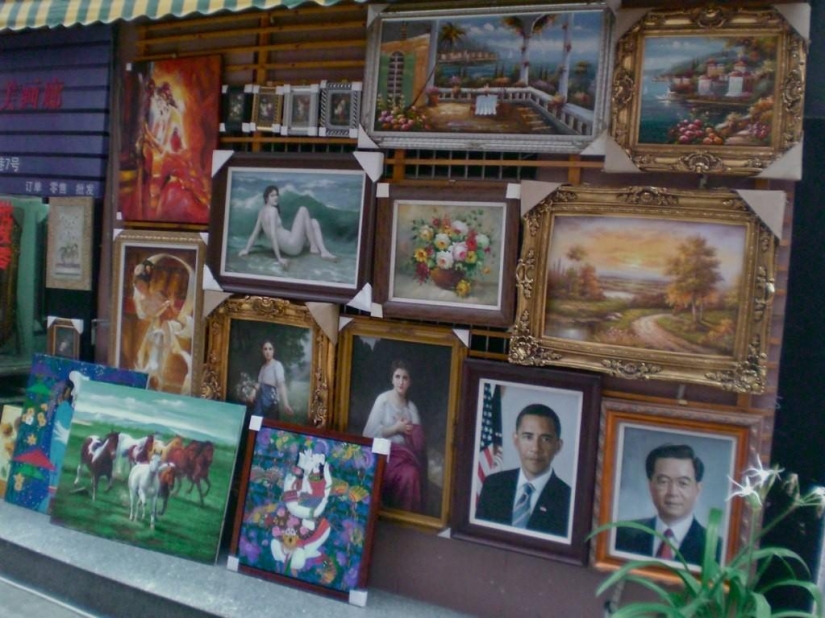
6. In this case, the village called Dafen. It was founded in the mid-1990s, a businessman and about the two artists. Today Define lives of up to 5,000 artists, who together produce more than 5 million paintings a year. More than half of oil paintings created around the world every year.

7. Rice terraces of Longsheng.
The old-timers in Sunshine there is a saying: where there is soil, there is also a terrace. Two hours ' drive from Guilin city in Guangxi province, the problem of growing rice on steep hills was solved a very long time. The enormous job of turning the hills in Longsheng terraces began during the reign of the yuan dynasty.
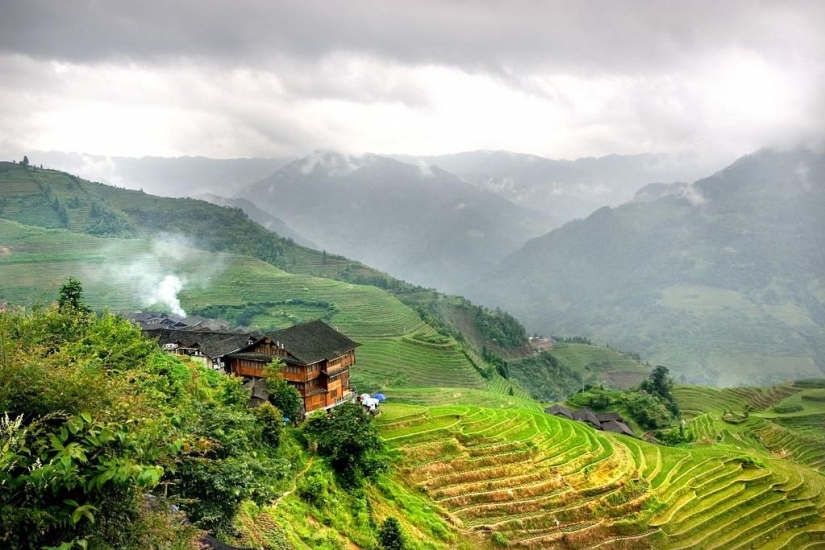
8. The creation of terraces left 400 years. During this time they worked countless generations, each year it was possible to collect a large harvest of rice.
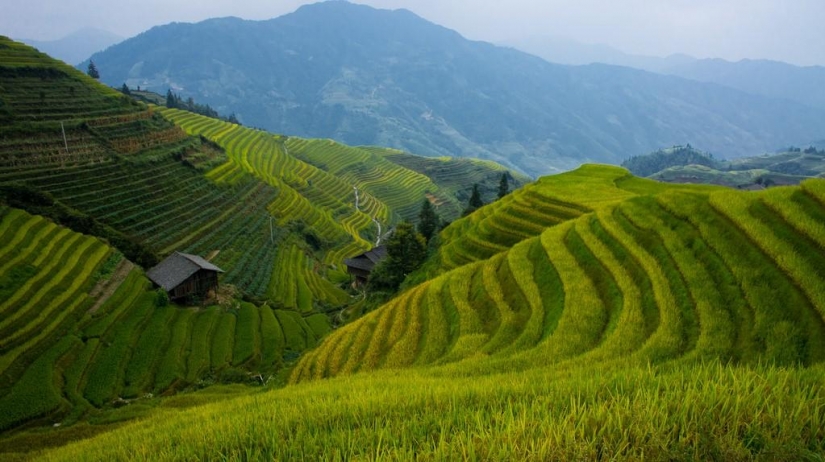
9. But in an attempt to provide their families with rice, local residents have created spectacular landscapes. No wonder the Chinese call them "amazing terraces".
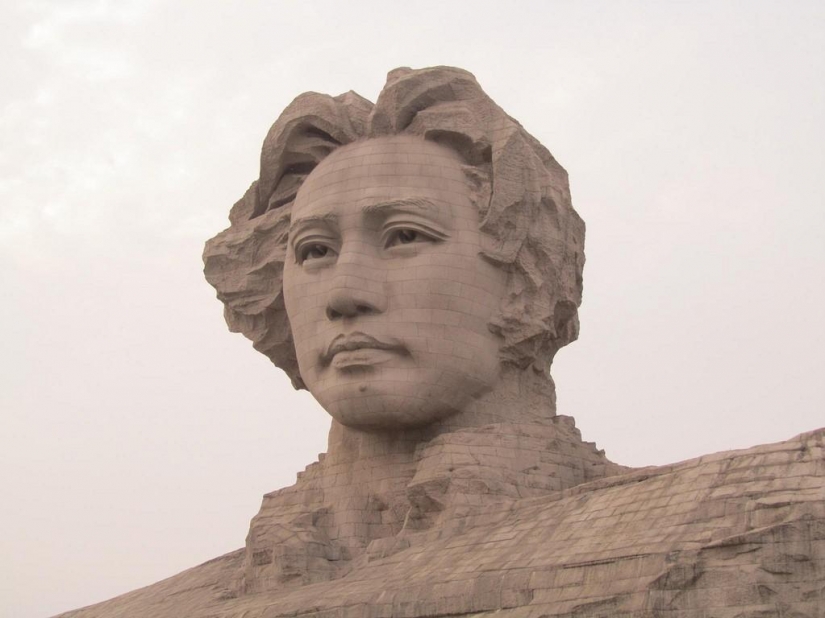
10. Statue of young Mao in Changsha.
In his youth, Mao Zedong, who later became known as Chairman Mao, was Communist in Changsha in South Central China. When I decided to build a memorial to the founding father of the people's Republic, the people of Changsha decided to go against the norm. Instead of a Mature leader, what it depicts, and most of the monuments, they decided to erect a monument to the young man.
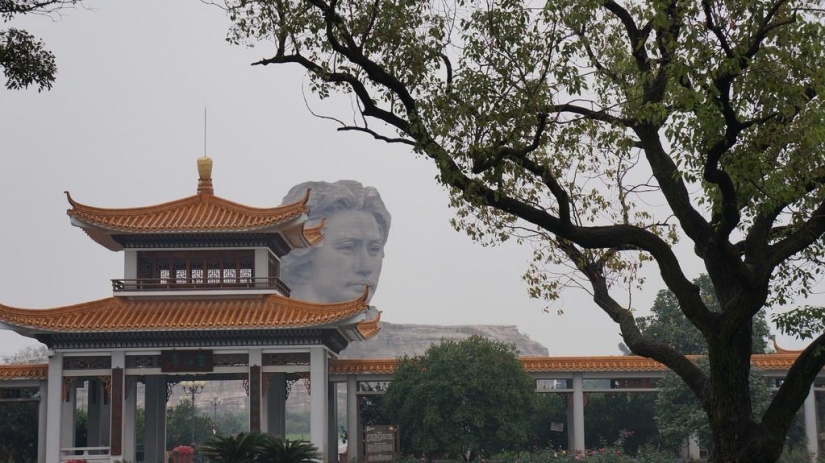
11. Granite statue stands more than 30 meters. It is located on the island of Zzuuzz in the center of the xiangjiang river, where Mao wrote the poem in honor of the city.
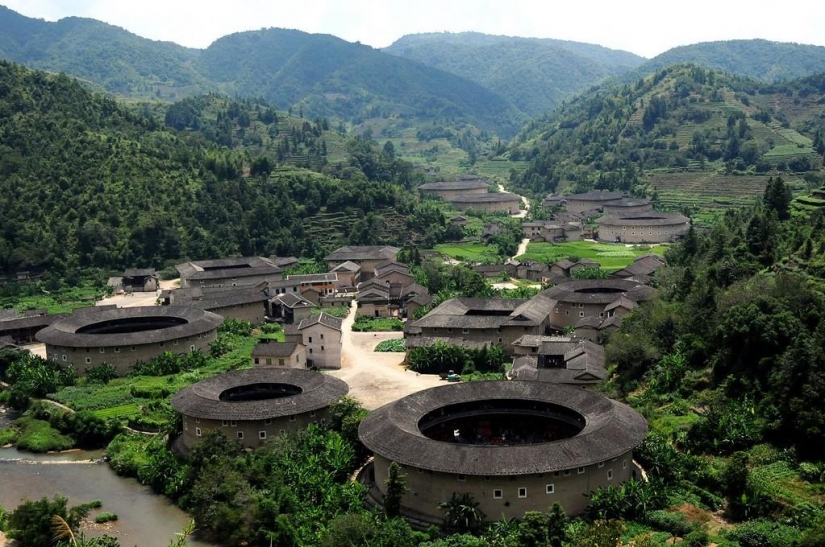
12. Tulou Fujian province.
Somewhere in the 12th century the inhabitants of Fujian province of China decided that their homes did not give them sufficient protection from armed bandits who rampaged in the area for hundreds of years.
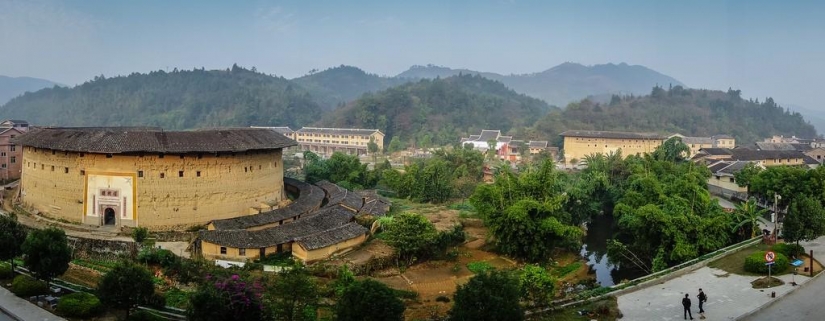
13. Groups of families came together and built tulou that could protect their property and life in this mountainous area on the southeastern coast of China.
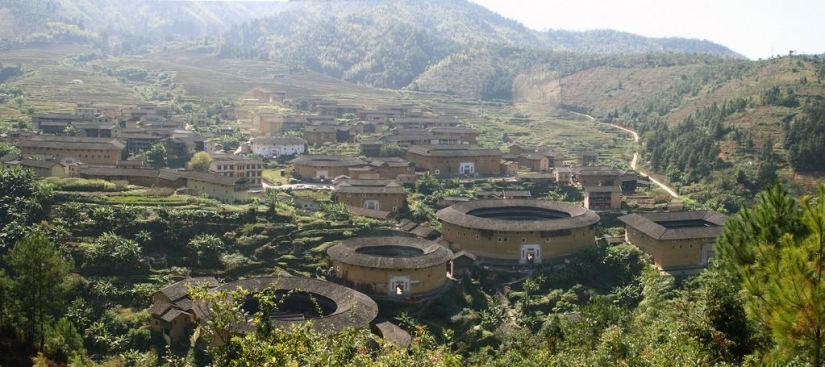
14. Of course, the idea to build a big round fortified building is not new. But advanced technology of the time allowed local clans to create a safe place, surrounded by thick walls up to 5 floors.
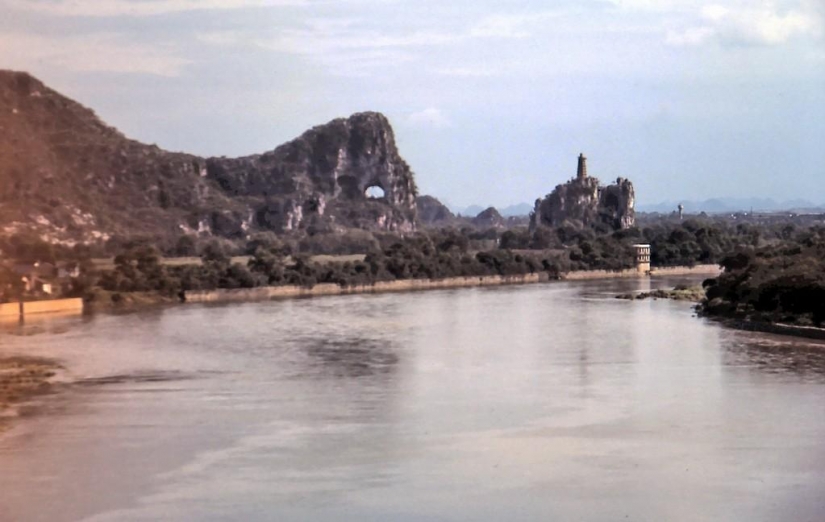
15. The elephant trunk hill — Guilin's legendary protector.
Walk through the hills around Guilin in China is not easy, so at the end of the day the elephant thirsty. There is nothing better than to drop the trunk into the water and cool off. But when you are made of stone, this watering can take much more time.
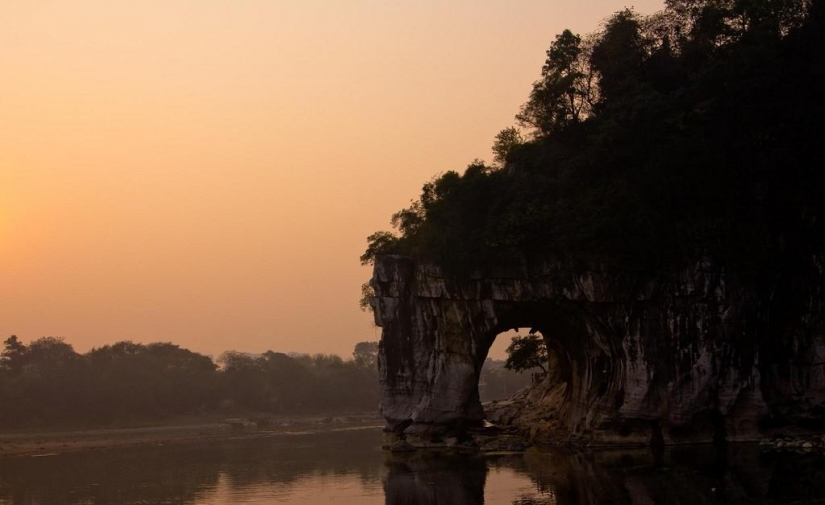
16. For hundreds of years the inhabitants of Guilin in Guangxi province believed this hill on the outskirts of a huge elephant. So don't reach for glasses is the elephant really made of stone. This, in particular, stands where two rivers meet — Li and Peach blossom. 1500 years is a symbol of good luck in the city.
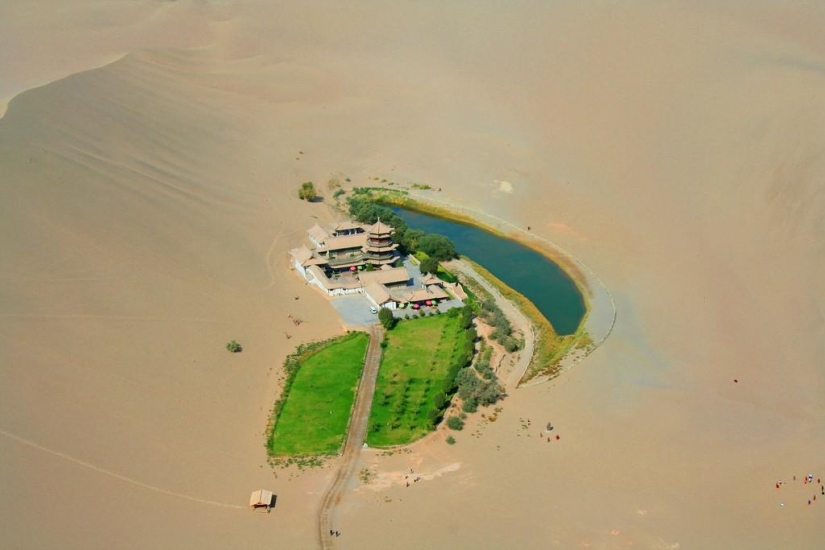
17. Lake Crescent.
Thousands of years pilgrims and merchants silk road used lake Crescent as the last stop before heading to the Gobi desert. The oasis is 6 km from the city of Dunhuang.

18. Besides the fact that Dunhuang was an exit to the West, he has also been an important gateway to China. The travelers walked along the chain of oases skirting the unforgiving Sands of the Gobi desert. They also avoided the ghosts and demons that supposedly was hunting in the desert. They say that the desert was so barren and lifeless that the bones of those who died here, were used as signs.
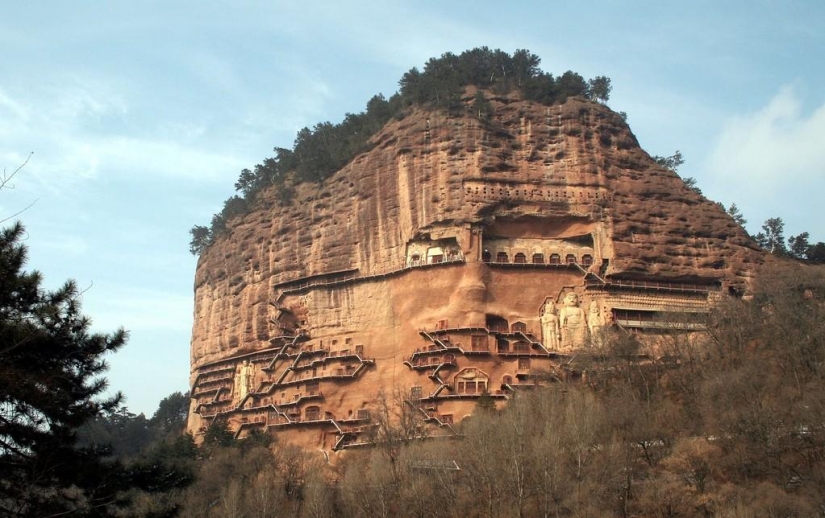
19. The Caves Of Maytszishan.
In China there are 4 major Buddhist cave complex. The most popular of these is Longmen. The caves of Maytszishan less well known. They are located in Gansu province in Northwest China. These rocks keep 7000 Buddhist sculptures, not to mention the 1,000 square meters of frescoes.
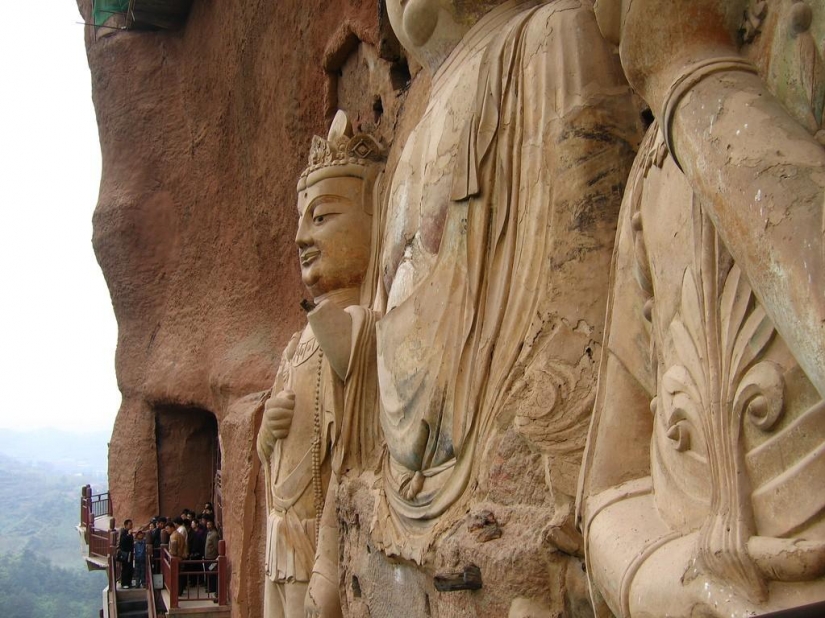
20. The name of the complex comes from the hill on which the caves. It translates as "wheat mountain" and rises to 142 m above the flat landscape.
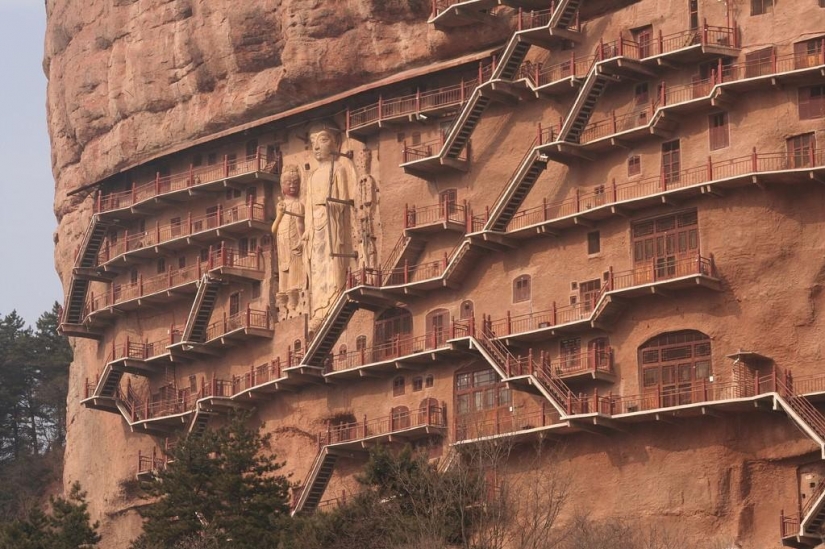
21. It is believed that the history of caves stretches back into antiquity, to 400 years B. C., when Buddhism came to China from India. From there, the tradition of cave temples spread further into the heart of China via the silk road.
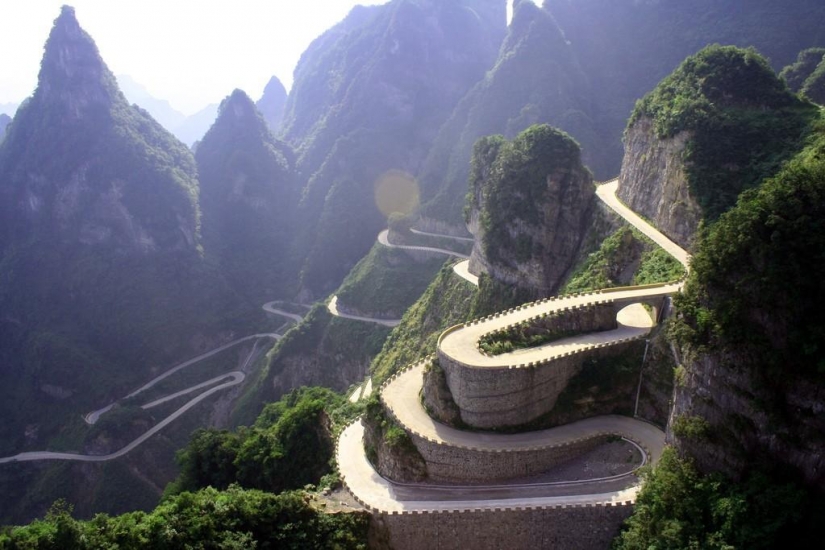
22. Street to heaven — the worst road of China.
There is in this world is really terrible roads. If there was an official list of such roads, the Street to heaven and took it in the first place. It rises from a height of 200 m to 1300 m above sea level.
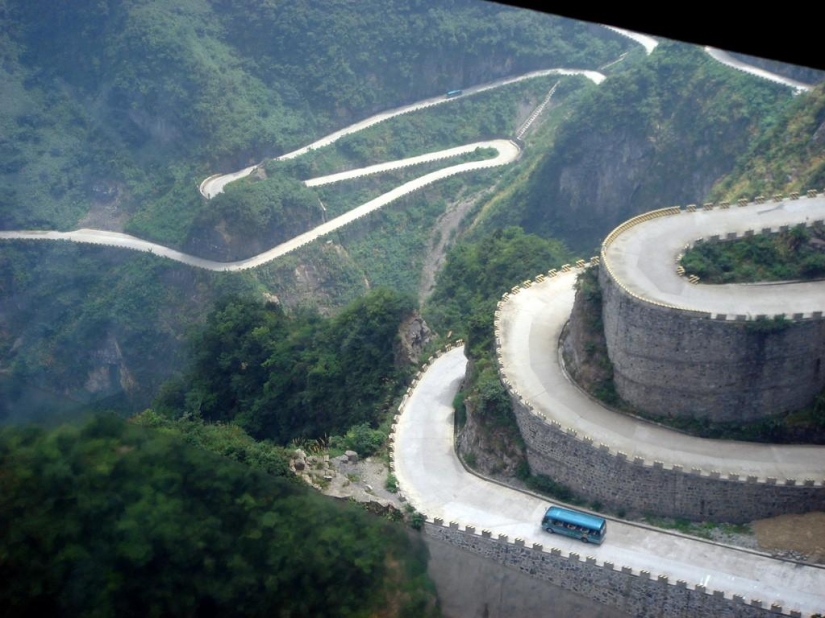
23. It is not surprising that the construction of the road, which was started in 1998 took eight years. Its steep turns are definitely not for the faint of heart. The road goes up Tianmen mountain. A great place to enjoy the views of Hunan province.
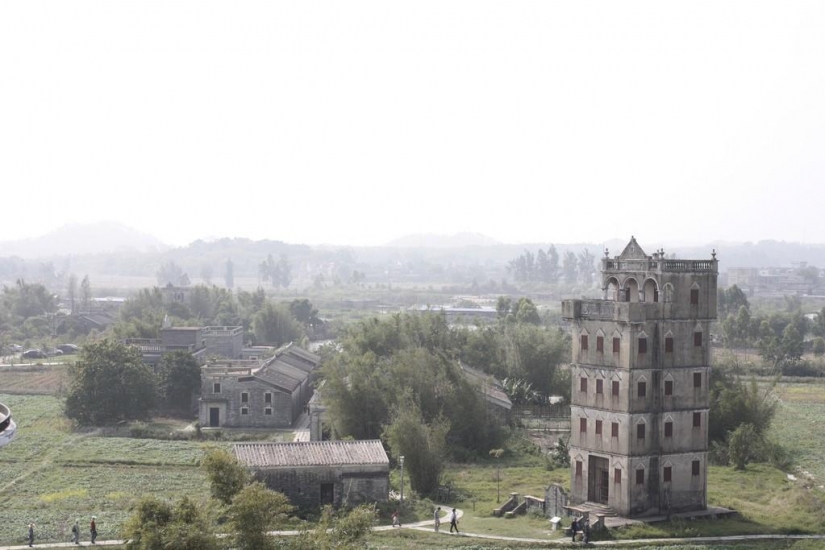
24. Fortresses Of Kaiping.
The crumbling village of Kaiping in themselves inconspicuous until the case comes to dyaolou. Towering on the background of small villages, like thumbs, these century-old fortress is all that remains from antiquity, when the residents of these villages every day was in danger of bandit attacks.
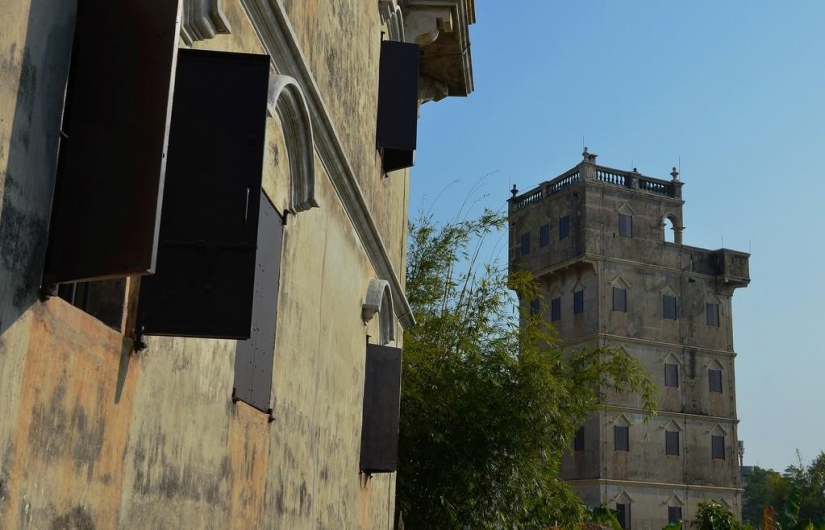
25. In this County in Guangdong province for a long time ran the bandits, as well as many years of continued political unrest.

26. Despite the fact that the towers were built by the Chinese, they combine a wide variety of architectural forms with a very interesting history. Now the tower is protected by the government as historical value.
Recent articles

There are dolls very similar to living people. And there are so realistic that their appearance can only be explained by magic. ...

Japan is deservedly considered one of the safest countries in the world. Even organized crime there has a "human face" ...

Famous British photographer Bob Carlos Clarke was born in an Irish corps in 1950. In 1969 he moved to England to study art and ...